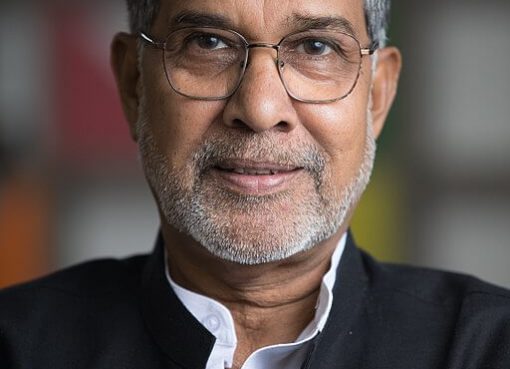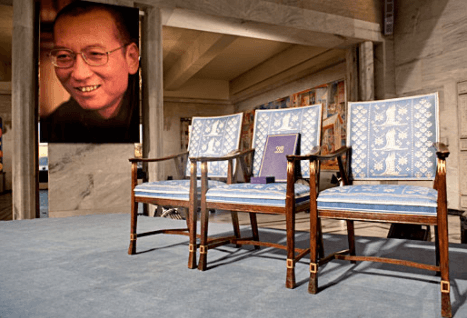The story of this issue is from the life of an Israeli scientist, Dr. Ada E. Yonath. She was awarded the Nobel Prize in chemistry for solving the structure of ribosome for the first time. She shared this award with an India-born scientist, Dr. Venkatraman Ramakrishnan in the year 2009.
Ada E. Yonath was born in the year 1939 in Jerusalem. She was born to a poor Jewish family. Her parents did not have formal education but were very serious about proper education of their children. All schools in the neighbourhood of the family were Jewish thematic schools. So, her parents went out of the way and decided to admit their daughter, Ada in a secular grammar school called “Beit Hakerem”. Her life as a young school goer was very tough. She lost her father at an early age of 11 and was brought up by her mother. Her mother was a homemaker and to run the family, she had to start working as a domestic help and babby sitter in the neighbourhood. The financial situation of the family was bad, and Ada had to complete her high school amidst lot of constraints. In Israel, military service is compulsory for all citizens. After high school, Ada joined military medical services and got valuable exposure in clinical sciences. After finishing the engagement with the military services, she was enrolled to the Hebrew University of Jerusalem as a B.Sc. student. She completed both BSc and M.Sc. from the same university and joined Weizmann Institute for a PhD in structural biology. Her PhD project was on revealing the high-resolution structure of collagen, which she completed in the year 1968. Dr. Yonath then moved to Mellon Institute in Pittsburg, Pennsylvania for her first post-doctoral research and subsequently to Massachusetts Institute of Technology (MIT) for her second post-doctoral research. In both post-doctoral assignments, she worked on structural biology of protein. In the year 1970, she returned to Israel to join the Weizmann Institute as a researcher and established the first crystallography laboratory of Israel. As a young researcher at Weizmann Institute, Dr. Yonath started working on the ultrastructure of bacterial ribosome since late 1970s. Her group for the first time could establish the protocol for crystallization of ribosome and subsequently the protocol to shoot with X-ray for determination of structure. She worked relentlessly for two decades in collaboration with different scientists to finally reveal the three-dimensional structure of ribosome in the year 2001. The papers were published in the journal, Nature.
After the continuous hard work for two decades, the structure of ribosome was solved for the first time, and they could relate this structure with actions of antibiotics inhibiting protein synthesis. Even after dissecting the ultrastructure of the ribosome and solving the ultimate problem, Dr. Yonath was not very happy, and this was partly because of some unwarranted comments from some of her peers. She mentioned in her biography that there were people among her colleagues who opined that her work on ribosome was not at all necessary because it is a dead-end of the road and there is nothing useful, we could know from it. Proving them wrong, the contribution of Dr. Yonath and her group was recognized, and she was finally awarded with the Nobel Prize in Chemistry in the year 2009.




